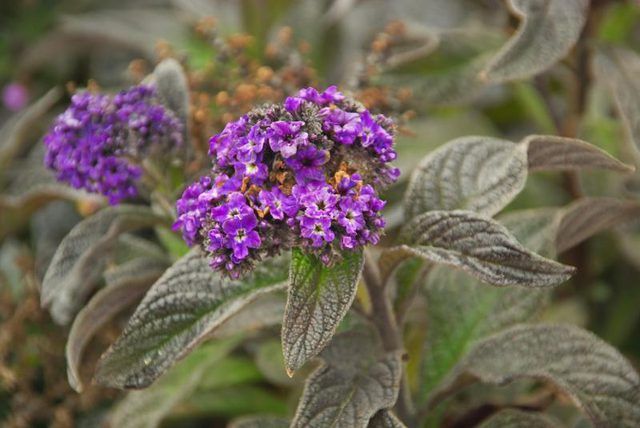Bulbs
Flower Basics
Flower Beds & Specialty Gardens
Flower Garden
Garden Furniture
Garden Gnomes
Garden Seeds
Garden Sheds
Garden Statues
Garden Tools & Supplies
Gardening Basics
Green & Organic
Groundcovers & Vines
Growing Annuals
Growing Basil
Growing Beans
Growing Berries
Growing Blueberries
Growing Cactus
Growing Corn
Growing Cotton
Growing Edibles
Growing Flowers
Growing Garlic
Growing Grapes
Growing Grass
Growing Herbs
Growing Jasmine
Growing Mint
Growing Mushrooms
Orchids
Growing Peanuts
Growing Perennials
Growing Plants
Growing Rosemary
Growing Roses
Growing Strawberries
Growing Sunflowers
Growing Thyme
Growing Tomatoes
Growing Tulips
Growing Vegetables
Herb Basics
Herb Garden
Indoor Growing
Landscaping Basics
Landscaping Patios
Landscaping Plants
Landscaping Shrubs
Landscaping Trees
Landscaping Walks & Pathways
Lawn Basics
Lawn Maintenance
Lawn Mowers
Lawn Ornaments
Lawn Planting
Lawn Tools
Outdoor Growing
Overall Landscape Planning
Pests, Weeds & Problems
Plant Basics
Rock Garden
Rose Garden
Shrubs
Soil
Specialty Gardens
Trees
Vegetable Garden
Yard Maintenance
How to Grow Common Heliotrope (Heliotropium Arborescens)
How to Grow Common Heliotrope (Heliotropium Arborescens). Common heliotrope (Heliotropium arborescens) makes a bold statement in gardens with its fragrant, deep purple flowers and textured leaves. Although widely grown as an annual, it is actually an evergreen shrub that will reach a mature height of 1 to 4 feet with a rounded habit. Common...

Common heliotrope (Heliotropium arborescens) makes a bold statement in gardens with its fragrant, deep purple flowers and textured leaves. Although widely grown as an annual, it is actually an evergreen shrub that will reach a mature height of 1 to 4 feet with a rounded habit. Common heliotrope often proves difficult to grow because it is highly sensitive to its surroundings. It requires relatively low maintenance, however, if grown under suitably bright, cool and moist conditions.
Climate Considerations
Summer heat and winter temperatures below 40 degrees Fahrenheit both take a toll on common heliotrope, so it will only grow perennially within U.S. Department of Agriculture plant hardiness zones 9 to 11. Its hardiness varies, however, within that range. It remains evergreen year-round within USDA plant hardiness zones 10 and 11. In USDA plant hardiness zone 9, it will survive short bouts of cold but requires protection from frost. Outside its preferred range, common heliotrope can be grown as an annual or as a potted perennial overwintered indoors.
Growing Conditions
Choosing an appropriate growing site for common heliotrope often proves difficult given its sensitivity to drought, heat and cold. Full sun encourages more prolific blooming, but too much sun in hotter climates causes early decline. Conversely, heavy shade decreases blooming but prolongs its life in the garden. Grow common heliotrope in a location with full morning and late afternoon sun and some light shade during the hottest part of the day. In mild coastal climates, it will stand full sun all day. The soil must be organically rich, moisture retentive and fast-draining with a neutral soil pH. Select a location that provides 12 to 18 square inches of area for each plant to accommodate its mature size.
Fertilizer Needs
Common heliotrope is a fairly heavy feeder, requiring moderate to high levels of supplemental nutrients throughout the growing season. It responds to both general purpose fertilizer with an N-P-K rating of 15-15-15 and blooming fertilizer with a number such as 7-9-5. Mix 1/2 teaspoon of the fertilizer in 1 gallon of water and replace one watering every week with the solution, or mix 1/4 teaspoon of fertilizer in 1 gallon of water and use it at each watering. Common heliotrope possesses very sensitive roots and foliage, so apply the fertilizer to previously moistened soil to prevent root burn and avoid splashing it on the soft, veiny leaves.
Water Requirements
Inadequate soil moisture is among the most common problems with heliotrope, especially in warmer climates and when growing it in full sun. Never allow the soil to dry out completely but avoid making it too soggy because root rot may develop under wet conditions. Water whenever the soil feels and looks dry on the surface, providing garden-grown specimens with roughly 1 inch of water weekly. Potted common heliotrope dries out quickly and may wilt if allowed to dry out too much, so check its soil twice weekly and add water whenever the soil looks dry on the surface. Add water until the excess trickles from the base of the pot.
Word of Warning
Common heliotrope draws people in with its beguiling scent, which mingles hints of vanilla and cherry. Caution is required, however, when getting up close and personal with heliotrope because it is toxic and may irritate the eyes and skin of sensitive individuals. All parts of the plant contain pyrrolizidine alkaloids that will cause severe stomach upset and liver damage if ingested. Skin and eye irritation can occur if the plant is handled bare-handed and the alkaloids are transferred to the eyes throughout rubbing. Grow common heliotrope where children and pets are unlikely to interact with it, and always wear gloves when working with it.